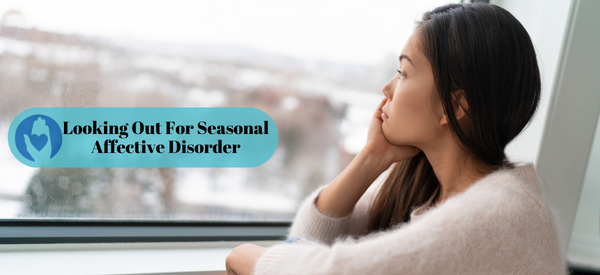Seasonal Affective Disorder Awareness Month
December is Seasonal Affective Disorder (SAD) Month. Seasonal Affective Disorder affects millions of Americans and it is more than just being sad. While living in darker regions can lead to higher rates of SAD, there is no limit to who it could affect. It’s important to take it seriously and know that there are things that can be done to recognize it as well as to treat it.
What is Seasonal Affective Disorder and What To Look Out For?
Seasonal Affective Disorder is considered a type of depression that is brought on by recurring seasonal patterns. Often times the signs of depression are the same signs of SAD. However, there are symptoms of SAD that differ for winter versus summer-patterned SAD.
- Low energy
- Feeling depressed most of the day, nearly every day
- Losing interest in activities you once enjoyed
- Hopelessness
- Irritability or anxiety
- Poor concentration
- Social withdrawal
- Changes in sleep and/or appetite
- Loss of interest in activities you once enjoyed
Winter SAD patterns tend to present as follows:
- Oversleeping (hypersomnia)
- Overeating, particularly with a craving for carbohydrates
- Weight gain
- Social withdrawal (feeling like “hibernating”)
Summer SAD patterns tend to present as follows:
- Trouble sleeping (insomnia)
- Poor appetite, leading to weight loss
- Restlessness and agitation
- Anxiety
- Episodes of violent behavior
SAD Tips
If you suspect you or someone you know may be suffering from SAD, feel free to talk with a health care provider or with the loved one. There’s a way to fill out a questionnaire and figure it out. How to combat seasonal affective disorder can look a lot of different ways, from light therapy to psychotherapy. Some ways to help cope with SAD in daily life can look as follows:
- Get some structure by going to bed at regular times and making sure you get enough sleep.
- Help make your environment brighter by sitting close to windows.
- Go outside and enjoy a walk or a lunch outside even if it’s cold. Just make sure to bundle up.
- Exercise to stimulate your brain and decrease stress.
- Socialize! Connect with people.
There are certified caregivers and health care professionals that will be happy to start talking about ways to make life happy again.




